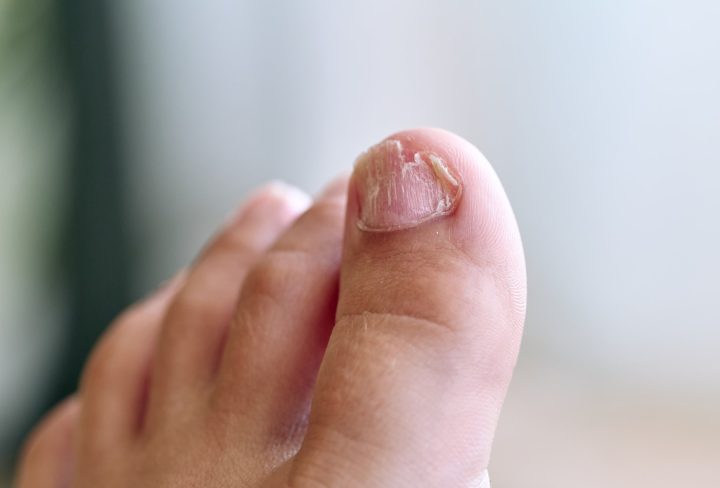Myth: Cutting a V-shaped notch in the center of the toenail will prevent or cure an ingrown toenail.
Fact: This is a myth. Cutting a V-shaped notch does not address the underlying issue and may actually worsen the condition. Proper nail trimming techniques and other preventive measures are more effective.
Myth: Only people with poor hygiene get ingrown toenails.
Fact: Ingrown toenails can affect anyone, regardless of their hygiene practices. Factors such as improper nail trimming, tight footwear, and genetic predisposition are more significant contributors.
Myth: Ingrown toenails always require surgery to fix. Fact: Surgery is not always necessary for ingrown toenails. Mild cases can often be managed with conservative measures such as warm soaks, proper nail trimming, and wearing appropriate footwear. Surgery is reserved for severe or recurrent cases.
Myth: Ingrown toenails will go away on their own.
Fact: Ingrown toenails typically do not resolve on their own and may worsen over time. It is important to take appropriate steps for treatment and prevention to avoid complications and alleviate discomfort.
Myth: Removing the entire toenail is the only solution for ingrown toenails.
Fact: Complete nail removal is rarely necessary for ingrown toenails. In most cases, partial removal of the ingrown portion or other minimally invasive procedures can effectively address the problem.
Myth: Home remedies can fix any ingrown toenail.
Fact: While home remedies like warm soaks and gentle lifting of the nail edge may help in mild cases, severe or infected ingrown toenails require professional intervention. Consulting a healthcare provider is important for proper diagnosis and treatment.
Consult your doctor to know more about the ingrown toenails



